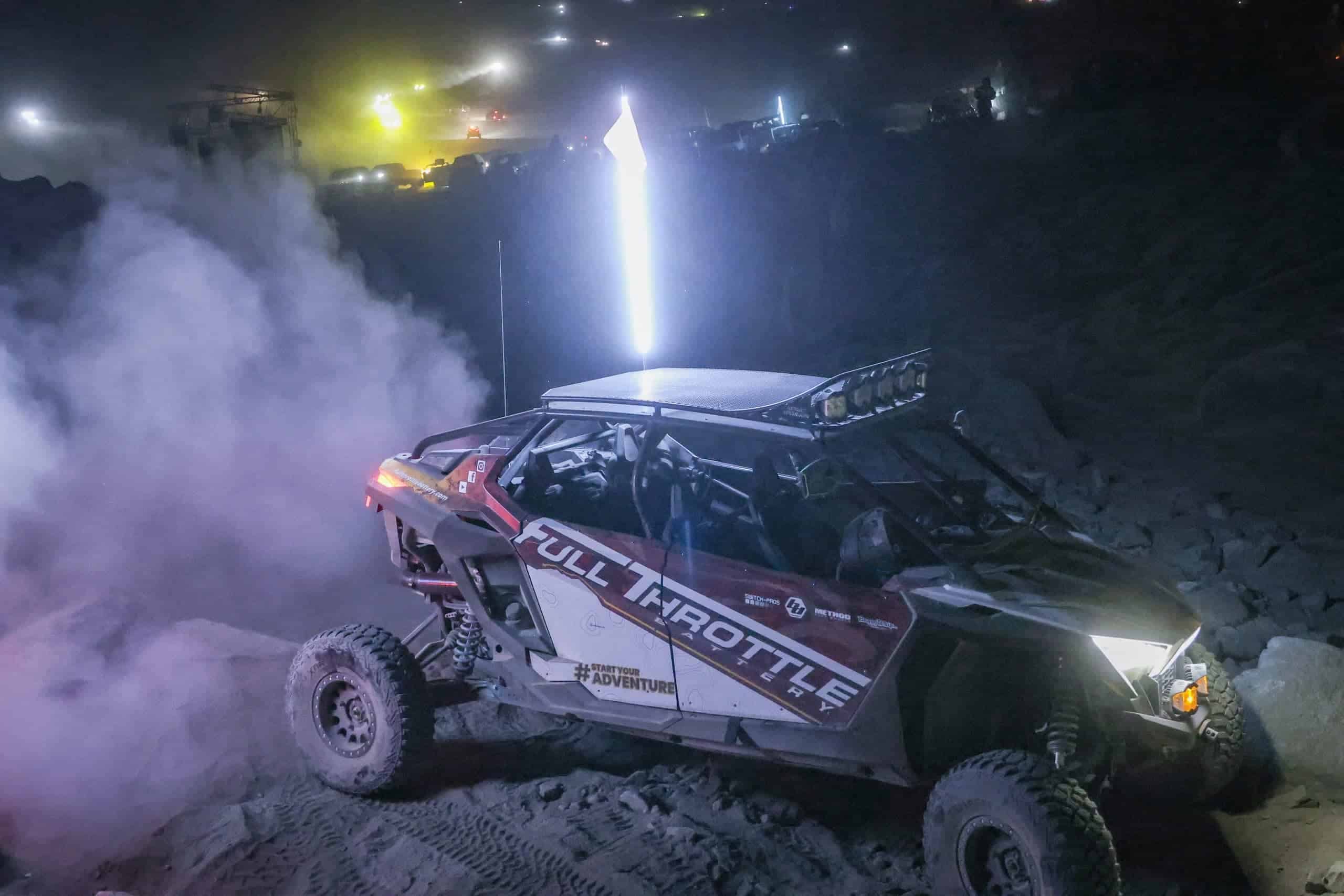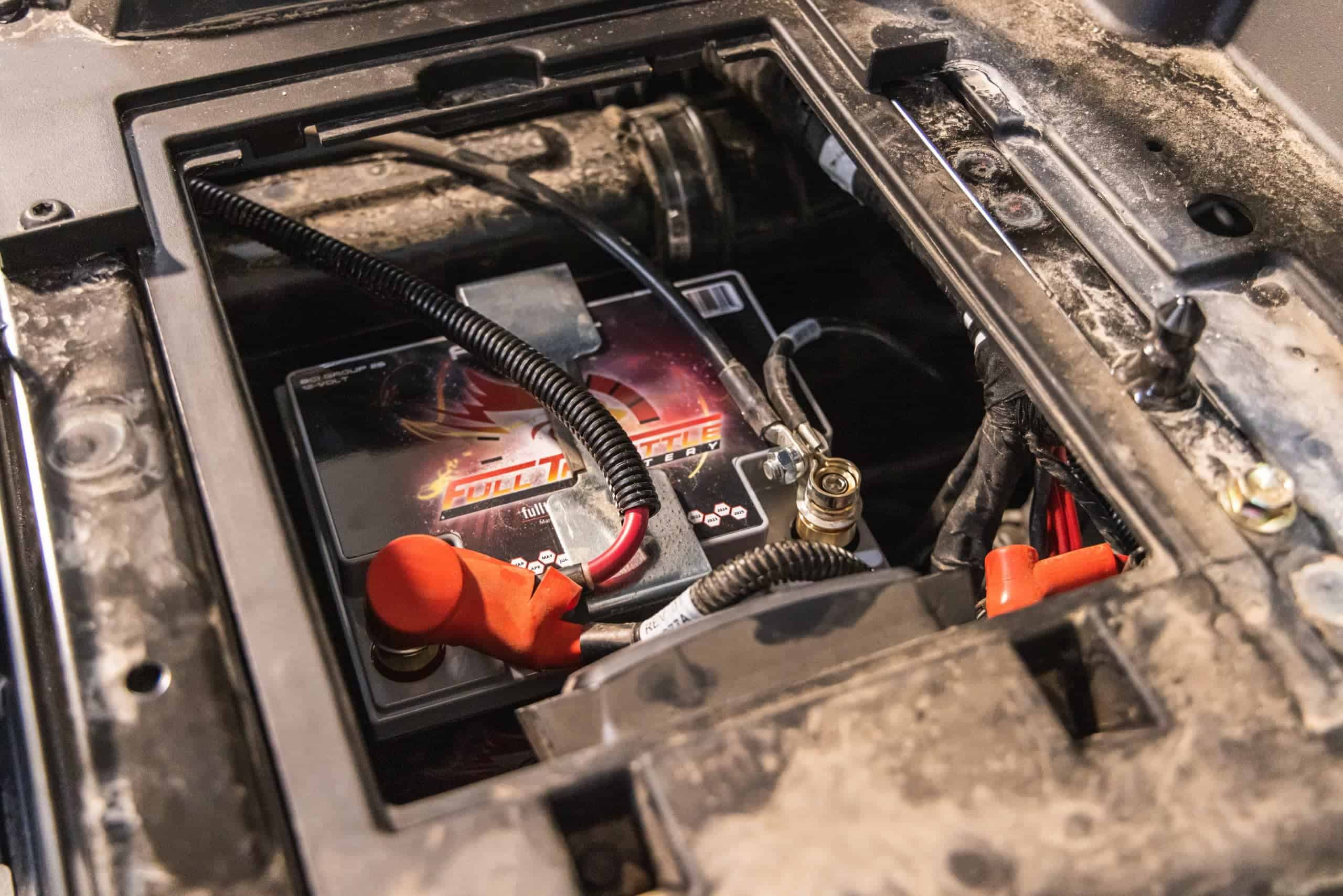What’s a Dual-Purpose Battery, and Why Should I Care?
What’s a dual-purpose battery you say? Well, it’s only one of the most important types of batteries in existence! A dual-purpose battery fills a very important application niche, without it, life for boaters, off-roaders, car audio enthusiasts, and many others would just be a lot less fun. And of course, emergency services and first responders would be sad too, when they can’t rely on their equipment, the results can potentially be tragic. But it isn’t just boats and firetrucks that need a resilient battery, today even standard cars with multiple computers need a more robust battery to keep up.
It all ‘Started’ with an Engine
Visualize the earliest automobiles, more closely related to a horse-drawn carriage than a modern automobile. The earliest automobiles had to be cranked by hand to start them, and often used kerosene lanterns for light (sort of scary). As the story goes, technology advanced quickly to incorporate a starting motor and electric lights, which of course required a battery. This battery only needed to get the car started and handle the lighting for a short amount of time before it could simply be recharged. The starting battery was born and is still relied on by gazillions of vehicles around the world. It is well suited to do its simple task, start the engine.
As time went on, technology has been added to our technology. Our vehicles, whether on water or land, whether for pleasure or commercial purpose, have become something much more than engine-based propulsion. Extra lighting, computers, comfort controls, visual displays, accessory charging, the power demands have made it so the starting battery is no longer enough, not nearly. Ok, so we have large electrical loads, why not just use a deep-cycle battery like a golf cart would use? That is possible, but not ideal as we’ll see.

Go with a deep-cycle and call it good.
Ah, yes, now we’re getting into the weeds, the really special side to our beloved Dual-Service battery comes out when we compare it to a true deep cycle battery. A deep-cycle battery’s core competency is running electrical loads for long periods of time. It is less capable when it comes to starting an engine, because it wasn’t designed with this purpose in mind. The thick plates inside a deep cycle battery don’t have the surface area to provide the large amp draw that cranking requires as efficiently as a starting battery. And there’s another drawback to using a deep-cycle battery, the thick plates take much longer to recharge. Once the engine is fired up and sending current to the battery, the uptake of energy is slower because of those thick plates.
Solution: Full Throttle
At this point the direction we’re headed in should be more obvious. The battery needs to be a hybrid of sorts. The sponge lead starting battery is out, it just can’t take the cycling or keep up with higher power demands. The thick plates in a deep-cycle battery are great for a golf cart or solar, but they’re also out, they aren’t great for cranking and take too long to charge. Fullriver’s solution to the problem is Full Throttle. Bear in mind, not all dual-purpose batteries are created equal. Many manufacturers’ solution to the problem is simply a stripped down deep-cycle battery. Full Throttle is built for beast level cranking, outdoing most standard starting batteries, while offering resilient cyclic capability, and excellent charge acceptance. Of course, like all Fullriver batteries, Full Throttle is also built to handle the rigors of outdoor environs.
Brass Tacks
What makes a superior dual-purpose battery? Of course, any battery should be purpose built for the application it’s serving. In the case of Full Throttle, we accomplish the needs of a dual-purpose battery (cranking and cycling) by using specially designed plates, and the materials they are constructed with, and top it all off with a tough ABS case, cells packed under compression, and over-the-partition cell connections to mitigate vibration.
Cranking
Full Throttle batteries use TPPL (Thin-Plate, Pure Lead) plates, picture lots of strands of the purest lead running through the whole battery. This allows huge amounts of current to flow easily out from the battery. Unlike a deep-cycle battery, with its thick plates, which can take quite a bit longer to charge, TPPL allows for ease of charge acceptance due its very low resistance.

Cycling
In addition to plates constructed of 99.994% pure lead, Full Throttle uses a proprietary blend of metals it applies to the grids inside the battery that allow it to stand up to deep discharges without being compromised the way a typical starting battery would be by the wear and tear of taking more energy out of the battery before recharging it. This “plating” process comes with added cost but assures longer life for the battery. The final product is a battery that performs both of its functions with ease.
And that is what makes a true dual-purpose battery. A reliable battery that can keep up with the workload and abuse, whether it’s being used for a fire engine, police cruiser, or in a UTV for a weekend of shredding at the dunes.



Very impressed with the performance of this line of batteries I will be buying more best I’ve used
Thanks, Max. What are you using them for currently?